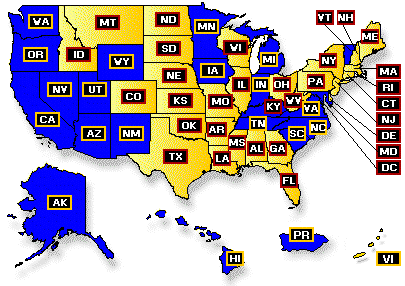
Every employer wants to have a safe workplace. The risk of injury to an employee or customer is frequently enough to convince an employer to take appropriate steps to maintain a safe place of business.
Absent an accident, a small business owner isn't likely to be visited by federal health and safety inspectors very often, if at all. Unfortunately, if an accident does occur and you're found to be in violation of applicable safety rules, the consequences of the accident can be compounded. Not only must you bear the consequences of the accident (such as being unable to meet your obligations to customers), you may also have to pay government fines and other costs. So, it's worthwhile to have a general understanding of the legal underpinning of the safety standards that apply to almost every employer.
Your legal obligations to provide a safe work environment for your employees arise primarily from a federal law known as the Occupational Safety and Health Act (OSH Act). OSHA was enacted in 1970 to address the uneven patchwork of state laws regarding workplace safety, and to respond to the growing number of serious injuries and deaths occurring in the workplace. All businesses have a duty to comply with some general rules under what's called a general duty clause. All businesses must also comply with industry-specific requirements and guidelines, known collectively as OSHA standards. OSHA is administered by the Department of Labor under the direction of the Assistant Secretary of Labor for Occupational Safety and Health.
Here are the major issues that small business owners face in relation to OSHA:
State safety regulation. Although your safety obligations originate directly at the federal level, states have the right to develop their own standards under a federally approved state plan. The standards under a state plan may differ from federal OSHA regulations, but must be at least as effective as the federal standards. Some states have established and administer their own state plans for workplace safety. If your business is in a state that has a state plan, you must comply with it. If your state does not have a state plan, you must comply with federal OSHA laws.
Check the map below to see if your state has its own safety program. The states highlighted in blue are those that have state safety plans. For more information about these plans, contact your particular state labor department. (Note: Connecticut and New York have state programs that cover state and local government operations only.)
